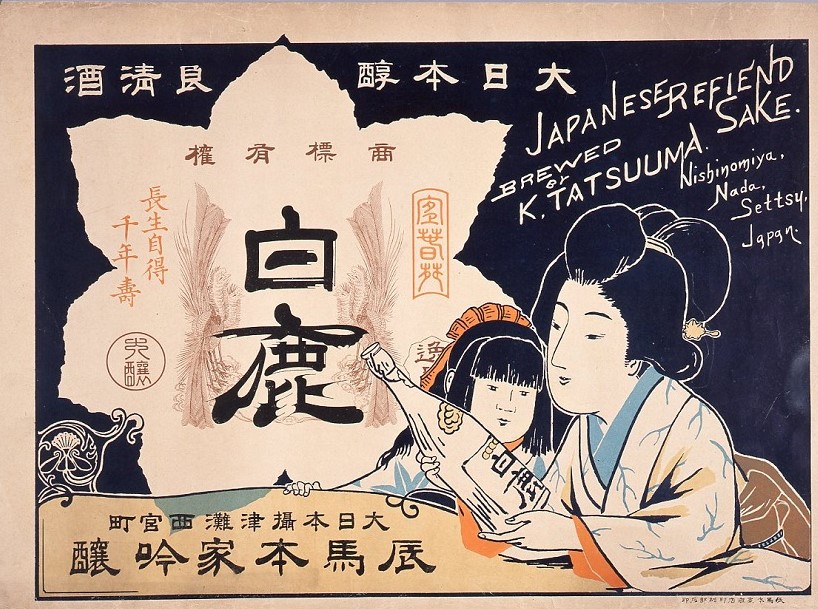Sake Museum (Hakushika Memorial Museum of Sake) Admission E-ticket (exchange ticket)
Overview
Deepen your knowledge of Japanese sake and its history with a visit to the Hakushika Memorial Museum of Sake! Located in Nishinomiya-go in Japan’s largest sake-brewing region Nada-go-go, the museum offers a look at sake brewing history through its fascinating exhibits, including exhibits of traditional sake brewing process and the genuine old sake brewing tools, and more.
Highlights
- Earn and use Rakuten Points whenever you purchase tickets with a Rakuten account!
- Delve into the history of how Nada-go-go became known as Japan’s top sake-brewing region
- See old sake-brewing equipment, as well as the actual wooden brewery where sake used to be made
- Learn more about sake brewing through special events or exhibitions, which may feature themes like arts and crafts
- Pose in a sake vat for fun photos!
Key Information
Description
How it works
Open days: Wednesday–Monday
Closed: Tuesdays (if Tuesday is a national holiday, the museum is open on Tuesday and closed the day after), summer holidays, and year-end and New Year holidays
Notes:
• Days and hours of operation may vary; please check the museum website before visiting
• During "exhibition change" periods in the "Kinen-kan," only the "Sakagura-kan" is open (please purchase tickets onsite during this period)
**From reservation to entry, it's a simple 2-step process!**
1: After booking on Rakuten Travel Experiences, an e-voucher will be sent to your registered e-mail address.
2: Exchange the voucher for an admission ticket on the day of your visit. On arrival at the facility, visit the entrance counter and click the link in the voucher e-mail sent to you at the time of booking. Then, click the "Use" button and show the screen to the staff (please ensure that your phone can connect to the internet before your visit).









